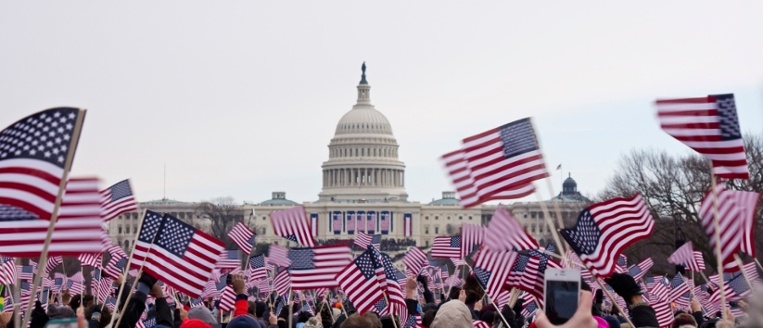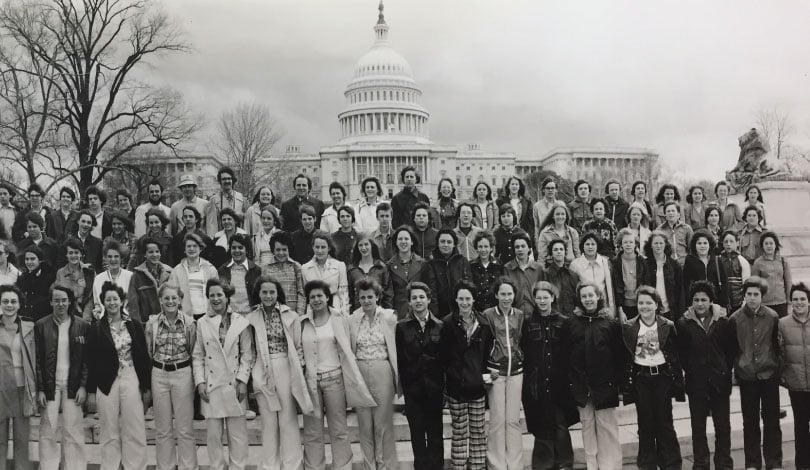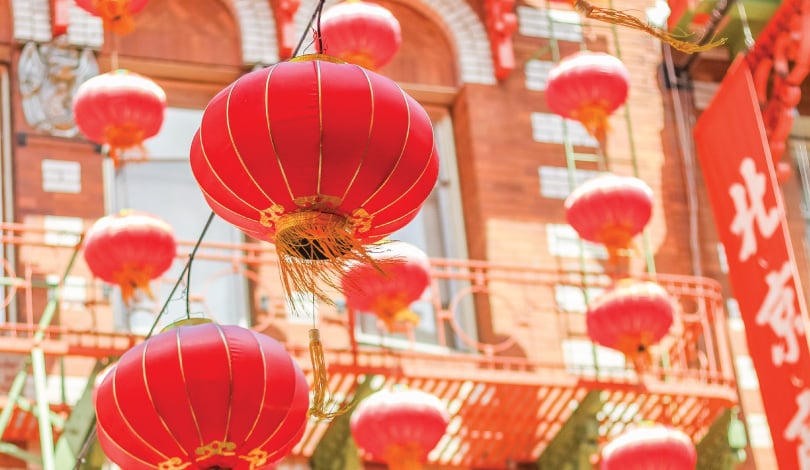With the presidential inauguration fast approaching, now is a great time to consider how you will present this historic government event to your students. To start, check out these fascinating historical facts on the event.
1. Location, Location, Location
While modern presidential inaugurations take place at the Capitol’s West Front, this has not always been the case. Washington’s inaugurations took place in New York City and Philadelphia. From the presidency of Jackson to that of Carter, the event took place on the Capitol’s East Portico. Reagan was the first president to move it to the West Front. Rumor has it that he asked for the switch in order to face his home state of California.
2. The Twentieth Amendment
With the exception of George Washington’s first inauguration on April 30, 1789, the presidential inauguration took place on March 4 until 1933. In 1933, it was changed to January 20 by the Twentieth Amendment to the United States Constitution.
Why make this change? With presidential electors chosen in late November and early December, the March 4 inauguration date called for a four-month lame duck period. This was necessary in the 18th century as a result of the era’s slower transportation and communication. However, in the modern era, the long lame duck period impeded government functioning.
3. So Help Me God
The Oath of Office, which is recited by Senators and Representatives as well as the President, has been the same since 1884. George Washington ended it with the sentence, “So help me God.” Every individual swearing into office has continued this tradition. It is believed, however, that this last sentence was not original part of the oath; it was Washington’s personal prayer.
4. Tradition Over Constitution
Technically, the only constitutional requirement of the presidential inauguration is the Oath of Office. Traditionally, the event is so much more. It includes the inaugural address, the inaugural parade, the presidential procession, the vice presidential oath, music, poetry readings and so much more.
5. The Long and Short of It
At just 135 words, George Washington’s second inaugural address was the shortest in United States history. What was the longest? William Henry Harrison’s 8495-word speech. He died a month later of pneumonia; many believe it was caused by prolonged exposure to the cold during lengthy oration.


